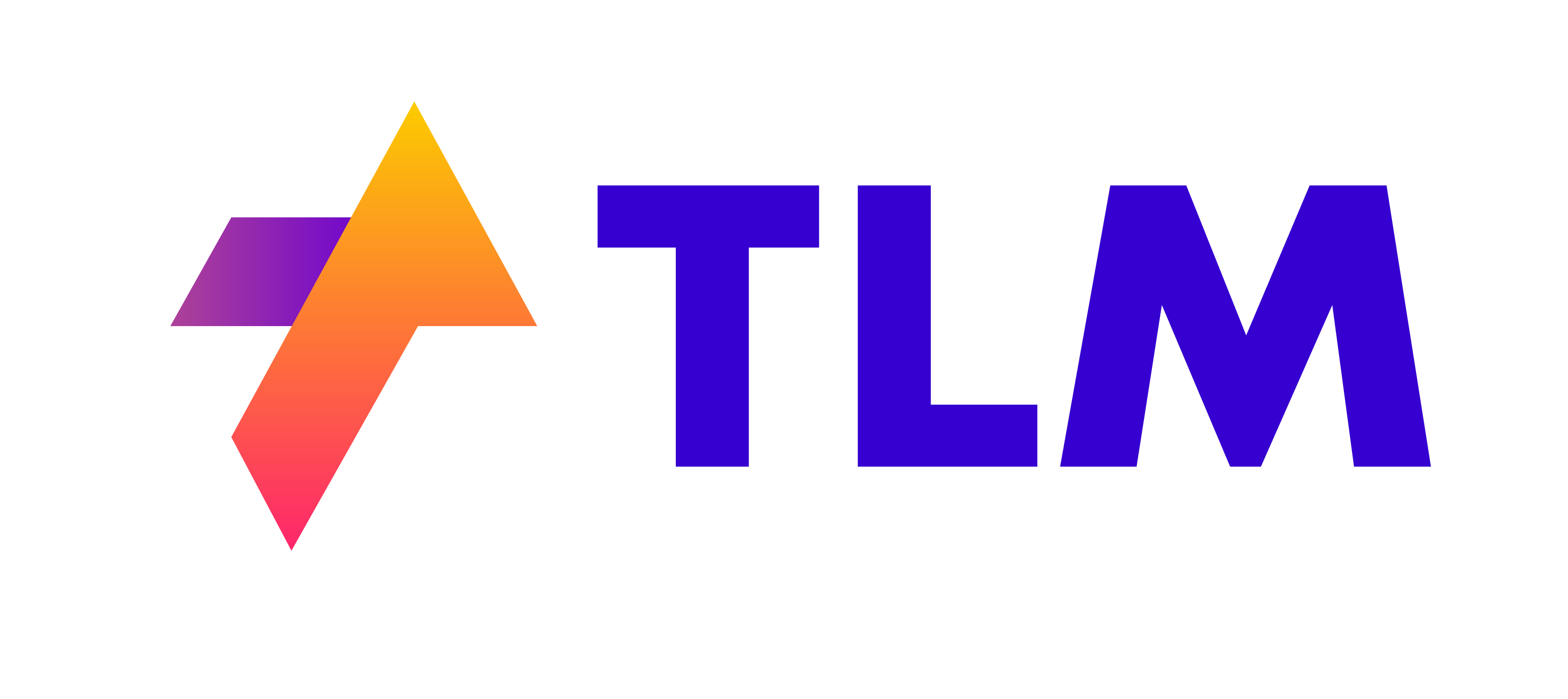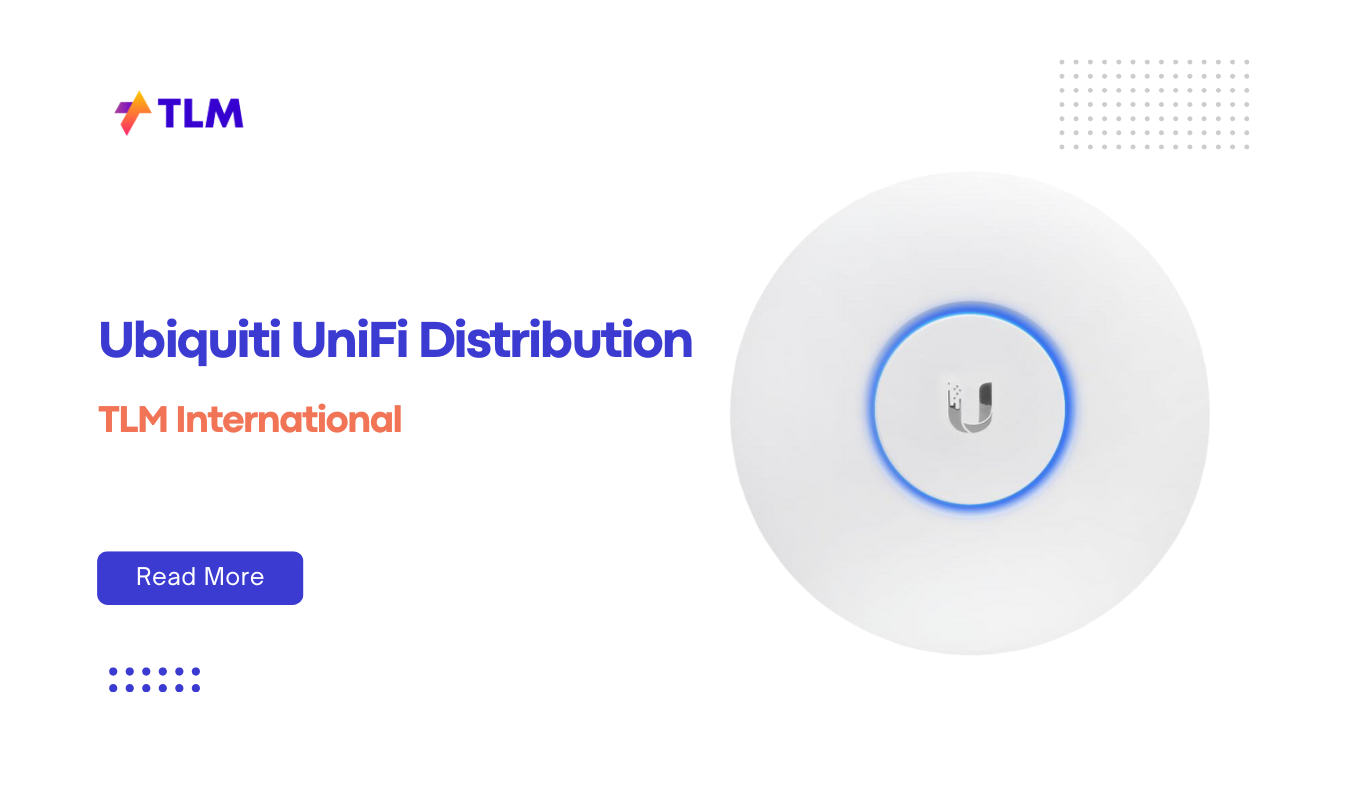World of video technology, connecting older devices with newer displays can be challenging. One common issue is bridging the gap between VGA Cable and HDMI interfaces. VGA, an analog standard, was once the go-to for connecting computers to monitors, while HDMI, a digital standard, has become the dominant interface for modern displays. This article will guide you through upgrading your connection using a VGA to HDMI converter, ensuring you can enjoy your devices without compatibility issues.
Understanding VGA Cable and HDMI Cable
To fully grasp the need for converters, it’s important to understand what VGA and HDMI are and how they differ.
What is a VGA Cable?
VGA stands for Video Graphics Array. It is an analog interface used primarily for video output from computers to monitors, projectors, and TVs. The standard VGA connector is a 15-pin D-subminiature connector that transmits video signals in RGB format along with horizontal and vertical sync signals.
What is HDMI Cable?
HDMI, or High-Definition Multimedia Interface, is a digital interface that transmits both audio and video signals over a single cable. It supports high-definition video resolutions and multichannel audio formats, making it ideal for modern home theater setups.
Why Use a VGA to HDMI Converter?
As technology progresses, many new devices no longer support VGA connections. Converting a VGA signal to HDMI allows you to connect older devices with newer displays that only have HDMI inputs. Here are some reasons why you might need a converter:
- Device Compatibility: Connect older computers or laptops with VGA output to modern TVs or monitors with HDMI inputs.
- Improved Display Quality: While the conversion doesn’t enhance the original signal quality, it allows you to use higher-quality displays.
- Audio Integration: Some converters include audio support, allowing you to transmit sound alongside video.
How Does a VGA to HDMI Converter Work?
A VGA to HDMI converter takes an analog VGA signal and converts it into a digital HDMI signal. This process involves several steps:
- Signal Conversion: The converter reads the analog RGB signals from the VGA source and converts them into digital format.
- Sync Signal Handling: It processes horizontal and vertical sync signals required for proper video display.
- Audio Integration (Optional): Some converters integrate audio input via a separate cable or port.
- Output Transmission: The converted digital signal is transmitted through an HDMI cable to the display device.
Setting Up a VGA to HDMI Converter
Setting up a converter is straightforward but requires attention to detail:
- Connect the VGA Cable: Plug one end of the VGA cable into your device’s VGA port and the other end into the converter.
- Attach Audio Cable (if needed): If your converter supports audio, connect an audio cable from your device’s audio output to the converter.
- Connect the HDMI Cable: Attach one end of an HDMI cable to the converter’s output port and the other end to your display’s HDMI input.
- Power the Converter: Some converters require external power via USB or an AC adapter.
- Select Input Source on Display: Use your display’s controls to select the correct input source.
Considerations When Choosing a Converter
When selecting a VGA to HDMI converter, consider these factors:
- Resolution Support: Ensure the converter supports your desired resolution (e.g., 1080p).
- Audio Capability: Choose a model with audio support if needed.
- Power Requirements: Check if external power is required and ensure compatibility with available power sources.
- Build Quality: Opt for converters with durable construction for longevity.
Advantages of Using a Converter
Using a VGA to HDMI converter offers several benefits:
- Extended Device Lifespan: Continue using older devices with modern displays.
- Cost-Effective Solution: Avoid purchasing new equipment by adapting existing hardware.
- Versatility: Easily switch between different input sources on newer displays.
Conclusion
Upgrading your connection from VGA to HDMI using a converter is an effective way to bridge old and new technologies. By understanding how these converters work and what features to consider, you can make informed decisions that enhance your multimedia experience without breaking the bank. Whether you’re connecting an old laptop to a new TV or setting up presentations in diverse environments, a reliable converter ensures seamless connectivity across various devices. For more information on high-quality converters and other cutting-edge technology solutions, visit TLM International






